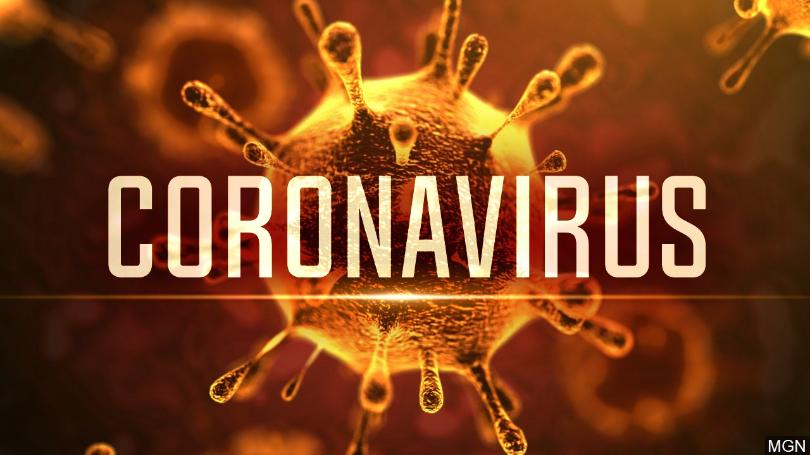
The number of suspected modern slaves identified annually in Britain has stalled for the first time since 2012, official data revealed on Thursday, with campaigners concerned that the coronavirus pandemic has hindered efforts to support victims.
About 10,613 potential victims were referred to the British government for help last year – three fewer than in 2019 – according to the Home Office (interior ministry), which said the plateau was mainly caused by COVID-19 and lockdown restrictions.
A rising number of children were identified in 2020 – 47% of all referrals up from 43% – fuelled by a rise in reports of “county lines” exploitation, with drug gangs using young people to move their wares from cities into rural areas.
People who say they have been enslaved enter the National Referral Mechanism (NRM) and access care, from housing and healthcare to legal aid, while the government considers their claim. The process can take from weeks to several years.
Anti-slavery charities said the pandemic meant frontline professionals – from the police to social workers – had fewer opportunities to identify and engage with possible victims, while some resources were diverted into the COVID-19 response.
“Sadly, this decrease in referrals is not due to there being fewer victims … on our streets. In fact, quite the opposite,” said Robyn Phillips, the London Project and Survivor Lead for the Human Trafficking Foundation.
“The pandemic has exacerbated gaps in intelligence about victims who were being exploited by businesses that are closed; and with … a decline of care services and police operations, opportunities for identification have decreased,” she added.
The Home Office said it was transforming the NRM to improve the “speed, quality and independence of the decision making”.
“We recognise victims are coming into contact with different services than they usually would during the pandemic such as healthcare settings,” a spokesman said.
“That is why we have worked to raise awareness of the indicators of modern slavery to ensure victims are identified, while law enforcement agencies have continued to pursue and prioritise modern slavery cases.”
About three-quarters of the suspected victims referred to the NRM last year were male, the data showed, and British, Albanian and Vietnamese were the most common nationalities.
Alex Balch, director of research at the Modern Slavery Policy and Research Centre, said the increase in referrals for suspected child victims of the county lines trade – which rose by about a third to 1,371 in 2020 – was “very worrying”.
“It is good that awareness of this form of exploitation is rising, but we need to know more about it in order to improve the protection of children,” Balch said in a statement.
Activists have told the Thomson Reuters Foundation the NRM figure likely represents only the “tip of the iceberg” and that many foreign victims decide not to enter the system because it does not allow them to work or guarantee asylum if successful.
A study last year by charity Justice and Care and The Centre for Social Justice think-tank said Britain was home to at least 100,000 slaves – 10 times more than a 2013 official estimate.
Despite being hailed as a global leader in the anti-slavery drive, Britain’s landmark 2015 law has faced widespread criticism that it is not being used fully to jail traffickers, drive companies to tackle forced labour or help enough victims.

